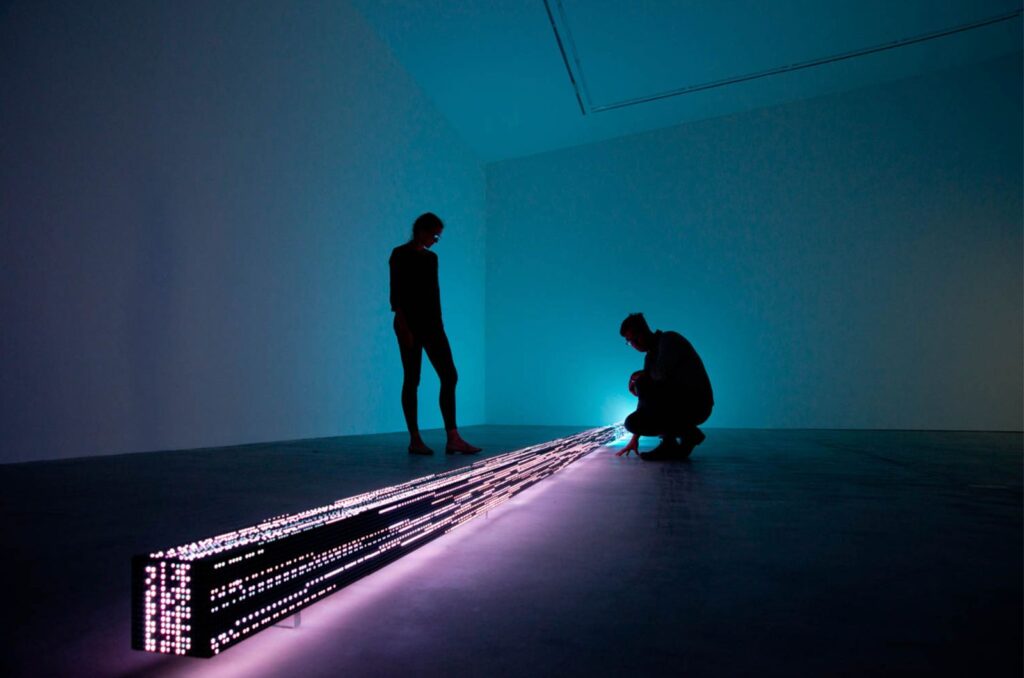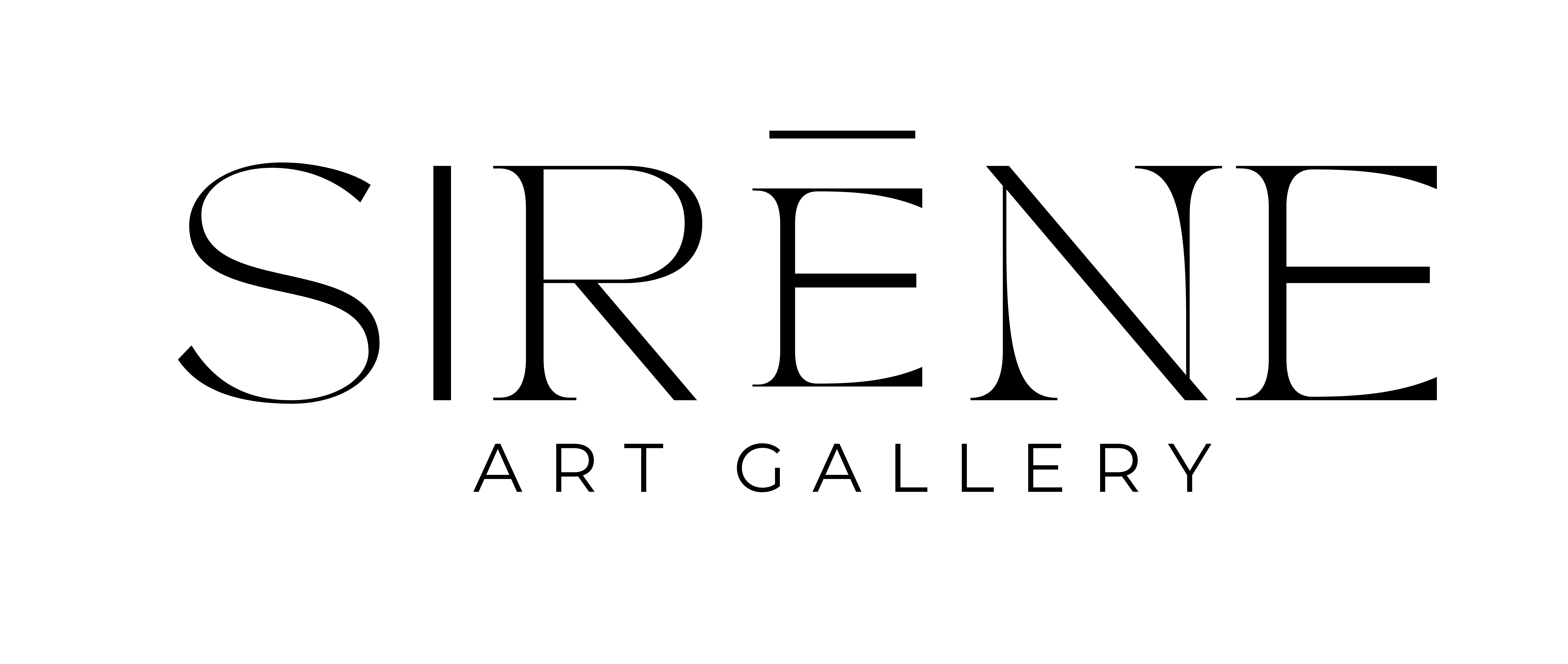Contemporary art refers to the art of today—created by living artists who reflect the diverse, fast-changing world we live in. It began to take shape in the late 1950s to early 1960s, primarily in the United States and Western Europe, as a response to the decline of modernist movements such as Abstract Expressionism. With the rise of movements like Pop Art, Minimalism, and Conceptual Art, artists started to challenge traditional boundaries, shifting the focus from formal techniques to ideas, social context, and individual experience. This marked the beginning of a new era—where art was no longer confined to canvas or gallery spaces, but expanded into public spaces, digital platforms, and conceptual realms.
Contemporary art broke away from tradition, embracing experimentation, concept-driven work, and new ways of seeing and creating. It includes a wide range of practices, from expressive abstract painting and thought-provoking photography to sculptural installations and digital media. In painting, contemporary artists explore bold ideas, unique textures, and a mix of abstraction and figuration. Photography moves beyond documentation, often telling powerful stories about identity, culture, and society. Sculpture has evolved into an open, often interactive form—using materials such as ceramic, metal, glass, and found or organic objects. Meanwhile, digital art pushes boundaries with technology, including video, virtual environments, and algorithm-based creations.
At Siréne Art Gallery, we celebrate this rich and evolving landscape by showcasing works that challenge perception, invite emotion, and reflect the creativity of our time.
Among the most influential contemporary artists are Yayoi Kusama, known for her immersive installation Infinity Mirror Rooms; Ai Weiwei, whose politically charged sculpture Sunflower Seeds used millions of hand-painted porcelain seeds to reflect on mass production and individuality; and Jenny Holzer, celebrated for her powerful digital and LED text-based work Protect Me From What I Want, which merges language and light in public spaces.
Following are some of the Famous contemporary female artists:

Yayoi Kusama
Nationality: Japanese
Mediums: Installation, painting, sculpture, performance, and digital art Famous Work: Infinity Mirror Rooms, Pumpkin, Obliteration Room Kusama is known for her distinctive use of polka dots, repetition, and immersive installations that explore themes of infinity, identity, and mental health. Her work bridges contemporary art, pop culture, and psychological introspection, and she is considered one of the most important living artists in the world.

Tracey Emin
Nationality: British
Mediums: Installation, drawing, neon, painting, sculpture, and textiles
Famous Work: My Bed (1998)
Tracey Emin is known for her raw, autobiographical work that confronts themes such as vulnerability, sexuality, and emotional trauma. My Bed, one of her most iconic pieces, displayed her own unmade bed surrounded by personal objects, challenging traditional ideas of what art can be and creating deep emotional resonance with audiences.

Jenny Holzer
Nationality: American
Mediums: Text-based installations, LED signs, projections, and public art
Famous Work: Protect Me From What I Want (1985–1987)
Jenny Holzer uses language as her primary medium, creating powerful and provocative statements that she projects or displays in public spaces. Her work addresses topics like power, conflict, consumerism, and gender. Protect Me From What I Want became one of her most recognizable pieces, merging conceptual art with political and social commentary.

Shirin Neshat
Nationality: Iranian-American
Mediums: Photography, video, and film
Famous Work: Women of Allah series (1993–1997)
Shirin Neshat explores themes of gender, identity, and cultural displacement, particularly within the context of Islamic societies. Her Women of Allah photo series—featuring women in chadors with Farsi calligraphy overlaying their bodies—sparked critical conversations about religion, feminism, and resistance. Her visually arresting work bridges poetic imagery with political insight.

